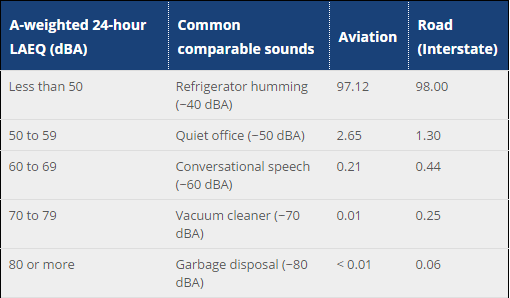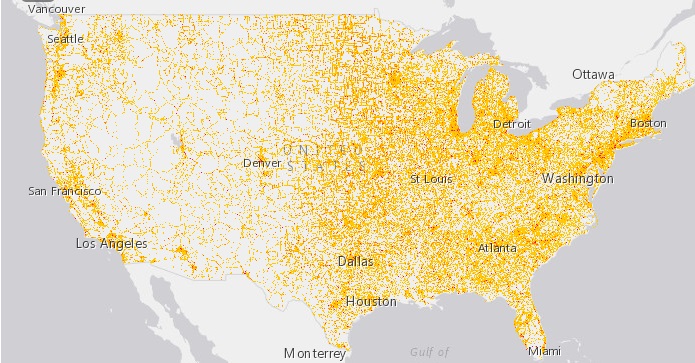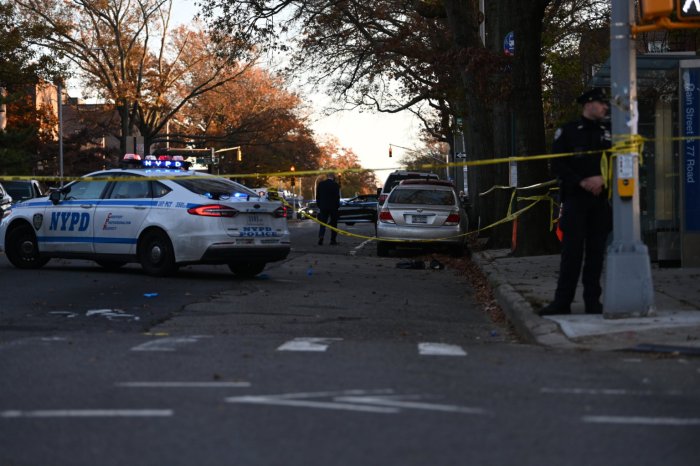With two major airports and many congested highways, Queens residents experience their fair share of noise pollution on any given day.
The U.S. Department of Transportation (DOT) set out to create a comprehensive map highlighting aircraft and road noise using data from the U.S. Department of Transportation’s Bureau of Transportation Statistics. The map was released last month with the aim of helping residents, city planners and elected officials create policy, conduct research and make educated decisions about design infrastructure.
Areas along the map were shaded with a variety of colors to distinguish between 3 decibels to 95 decibels. Less than 50 decibels of sound is comparable to a refrigerator humming while 80 or more decibels is comparable to a garbage disposal.

Not surprisingly, roads leading to LaGuardia Airport and JFK Airport were a mix of purple and blue, which means noise levels are anywhere between 70 to 95 decibels. With major thoroughfares like the Long Island Expressway, Grand Central Parkway, Van Wyck Expressway, Belt Parkway and Brooklyn Queens Expressway, it seems like no part of Queens is unaffected by highway noise.
Though the map is a good indication of which areas are most affected by noise pollution, the data does not factor other sources of noise pollution such as rail roads or roads not overseen by the federal agency.
“Sounds from things such as construction sites, rock quarries [or] power plants could actually mask some of the transportation noise,” David Smallen, public affairs director for DOT’s Bureau of Transportation Statistics told Wired.
Residents in northeast Queens have long been plagued by aircraft nosie that violates regulations set by the Federal Aviation Administration (FAA). A sound monitor in Flushing last summer found that out of 92 days, from March through May 2016, plane noise surpassed the FAA limit on 32 occasions.
According to FAA regulations, airplane noise must not exceed the 65 Day/Night Noise Level (DNL), but data from the Flushing sound monitor showed that the noise jumped beyond 65 DNL about a third of the time measured.
Noise pollution can have adverse effects on human health including sleep disturbance, hearing loss, cardiovascular disease, endocrine effects and increased incidence of diabetes.
The map will act as “an open public resource that can be used to guide city planning, transportation investment, research and even personal and family decisions, all of which have the potential to improve quality of life and safety for U.S. residents,” according to the DOT.





























